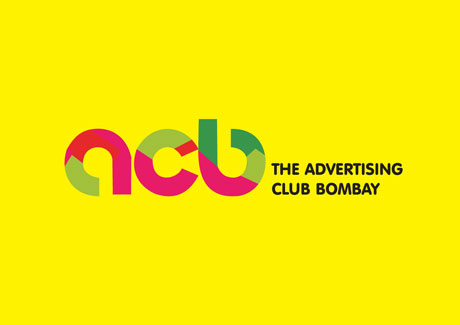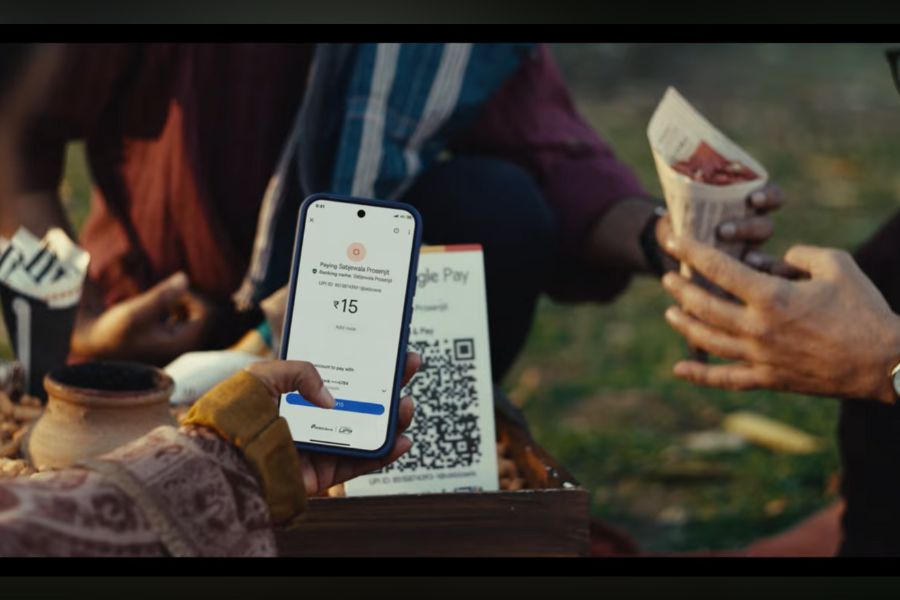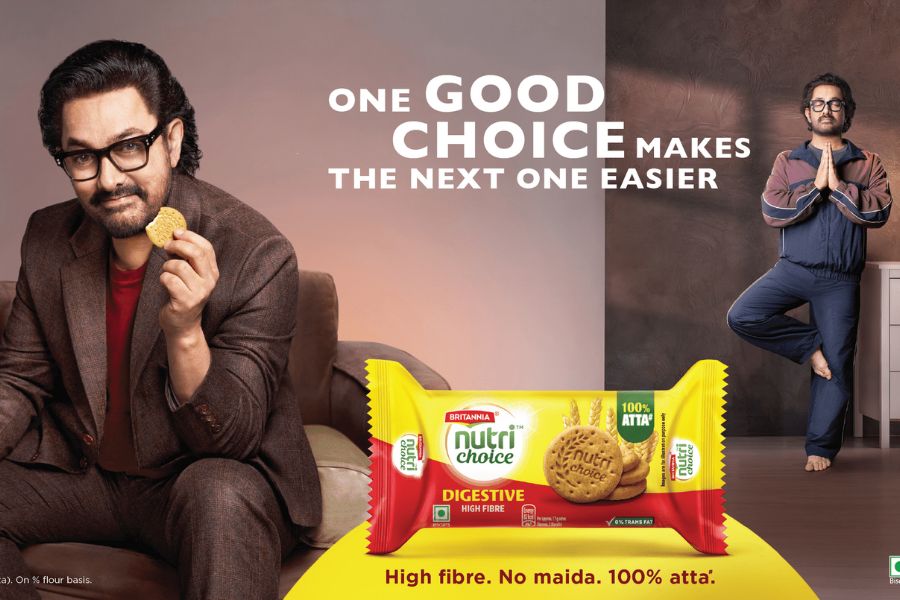Following the presentation of 29 case studies on day one, teams from agencies assembled at the venue for the second phase. Spread across ten categories, 20 case studies were presented through the day. It was interesting to observe that while some of the campaigns had a social angle to it, respective brands had taken it beyond words and gone a considerable level in taking actions for scaling up the property up as well.
Lowe Lintas started the day with its case for Bajaj Discover DTS-Si in the ‘Consumer Durables – Automobiles and auto parts, two wheelers’ category, while JWT and Contract followed it up with their works for Nokia and American Tourister respectively in the ‘Consumer Durables – Others’ category. The agency representative informed that the thought for ‘Survive Mumbai, Survive the World’ campaign stemmed from an intern’s experiences in the city who was visiting India for the first time.
In the ‘Services – Telecom and related products’ category, DraftFCB’s case for Tata Docomo and Lowe’s campaign for Idea Cellular were presented. A presentation for ‘Breathe Right’ by Grey Advertising was the lone shortlist in the ‘Healthcare’ category.
In the ‘Services – Financial services, including banking and insurance, etc’ category, three cases were presented. JWT talked about positioning ING Vysya Bank with an orange colour instead of the universal blue colours adopted by all other financial institutions, while BBDO talked about extending the brand image beyond the realm of financial services by putting into action ‘The Great Wall of Education’ for Aviva. By launching a campaign that showed cricketers in a different light, JWT presented their case for Birla Sun Life Wealth with Protection Solutions.
Mudra presented their cases for the feature film 3 Idiots again in the ‘Services – Others’ category, and then followed it up with the re-launch campaign for Femina. O&M has three shortlists in this category, and presented their works on ‘Actve English’ for Tata Sky, rebranding the channel for STAR Plus and ‘Bell Bajao’ campaign for Breakthrough.
Dentsu made its presence felt at the presentations with its case study for Aircel titled ‘Save our tigers’ in the ‘Corporate Advertising’ category. JWT also presented their case for Nokia’s ‘Planet ke rakhwale’ initiative which was targeted towards getting users to recycle their mobile phones. In the category of ‘Internet Advertising’, two entries made a mark with the jury. While Bates 141’s work for Virgin Mobile on ‘Indian Panga League’ was presented with characters from the campaign, O&M shared their results from the social media campaign for Vodafone’s Zoozoos. The lone shortlist, Lowe Lintas chose not to present the case study for Tanishq in the ‘Retail’ category.
The recently introduced ‘David vs Goliath’ category had three short lists, and the respective agencies – Bates 141 and DraftFCB - working on the telecom brands Vigin Mobile and Tata Docomo chose to present their cases. Lowe Lintas again chose not to present their case for Bajaj Discover DTS-Si, which was presented in the morning.
The awards ceremony will be held on December 7 at the RWITC in Mumbai.




